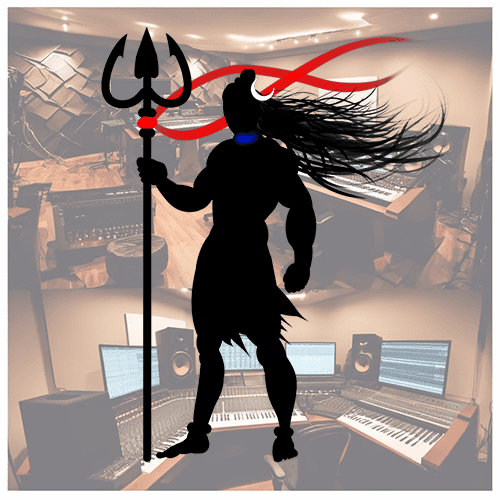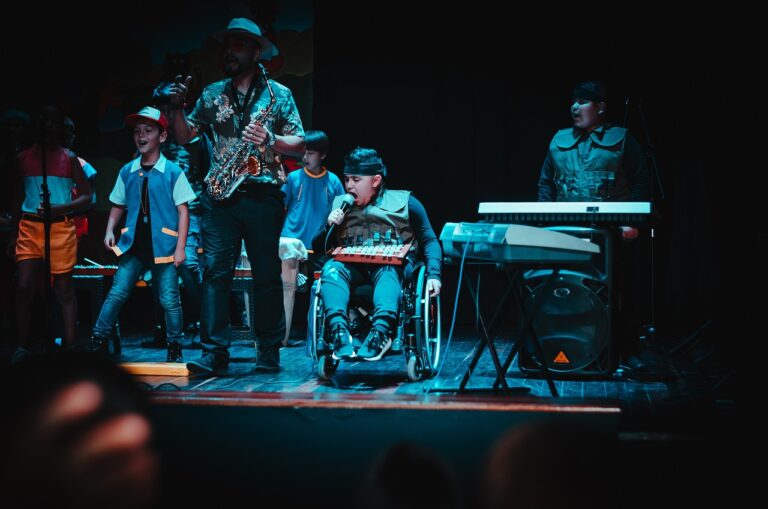Investigating the Influence of Urban Art and Graffiti in Contemporary Visual Culture
Urban art and graffiti have deep-rooted histories, tracing back centuries when humans first began leaving their marks on public spaces. From ancient cave paintings to inscriptions in ancient Rome, the act of marking one’s presence has always been inherent in human nature. However, it wasn’t until the 1960s and 1970s in New York City that graffiti as we know it today began to take shape.
In these decades, graffiti transitioned from simple tags to elaborate pieces that covered entire subway cars and walls. Artists like Phase 2, Lee Quinones, and Lady Pink emerged, transforming graffiti into a legitimate art form with its own unique styles and techniques. Urban art and graffiti became a way for marginalized communities to reclaim public spaces and express themselves in a world that often ignored their voices.
Urban art and graffiti have been around for centuries, with humans leaving their marks on public spaces since ancient times.
The 1960s and 1970s in New York City saw the evolution of graffiti from simple tags to elaborate pieces covering subway cars and walls.
Artists like Phase 2, Lee Quinones, and Lady Pink played pivotal roles in transforming graffiti into a legitimate art form.
Graffiti became a way for marginalized communities to reclaim public spaces and express themselves.
Evolution of Urban Art in Contemporary Society
Urban art has undergone a significant transformation in contemporary society, moving beyond its traditional roots of graffiti and street art. Artists are now incorporating a wide range of mediums, techniques, and themes into their work, pushing the boundaries of what urban art can be. This evolution has led to a more diverse and dynamic urban art scene, with installations, performances, and multimedia works becoming increasingly common in public spaces.
Moreover, the accessibility of social media and technology has played a key role in the evolution of urban art, allowing artists to reach a wider audience and connect with other creatives around the world. Platforms like Instagram, Facebook, and YouTube have facilitated the sharing of urban art projects, workshops, and events, fostering a sense of community and collaboration within the urban art scene. As a result, urban art has become not only a form of expression but also a tool for social change and cultural dialogue in contemporary society.
Impact of Graffiti on Visual Culture
Graffiti has long been a controversial form of expression that challenges traditional notions of art and beauty. It disrupts public spaces and forces viewers to engage with art outside the confines of galleries or museums. This disruption of the norm often leads to a heightened awareness of the visual landscape and a new appreciation for the diversity of artistic styles and voices.
In visual culture, graffiti serves as a powerful reminder of the socio-political issues that shape our communities. By occupying urban spaces with their bold statements and vibrant colors, graffiti artists spark conversations about topics such as social justice, inequality, and environmental concerns. This juxtaposition of art and activism has the potential to inspire change and push viewers to question the status quo.
What is the difference between urban art and graffiti?
Urban art is a broader term that encompasses various forms of art found in urban environments, including graffiti. Graffiti specifically refers to the act of marking public spaces with unauthorized artwork or messages.
How has urban art evolved in contemporary society?
Urban art has evolved from being seen as vandalism to being recognized as a legitimate form of artistic expression. Many cities now commission street artists to create murals and public art installations.
How has graffiti impacted visual culture?
Graffiti has had a significant impact on visual culture by challenging traditional notions of art and public space. It has also inspired other forms of street art and influenced mainstream art movements.
Is graffiti always illegal?
While graffiti is often associated with illegal or unauthorized artwork, there are legal forms of graffiti, such as commissioned murals or street art festivals. However, graffiti that is done without permission is still considered illegal in many places.







